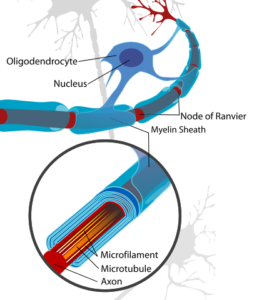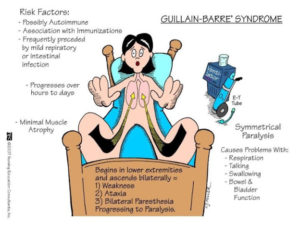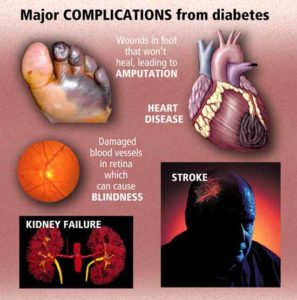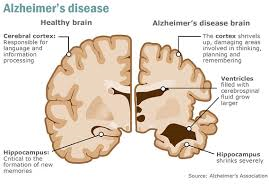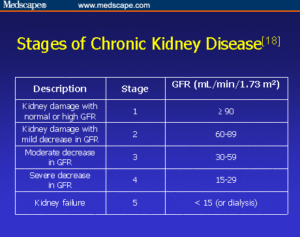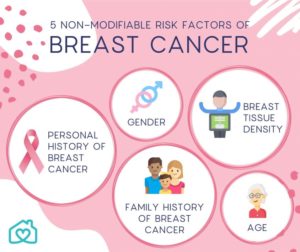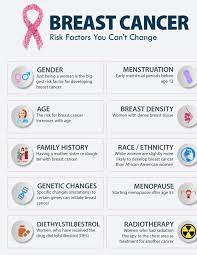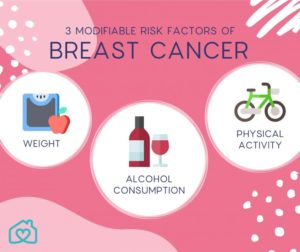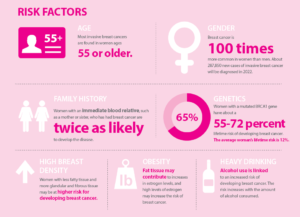Guillain-Barré syndrome (GBS) is a rare neurological disorder in which the body’s immune system mistakenly attacks part of its peripheral nervous system—the network of nerves located outside of the brain and spinal cord. GBS can range from a very mild case with brief weakness to nearly devastating paralysis, leaving the person unable to breathe independently. Fortunately, most people eventually recover from even the most severe cases of GBS. After recovery, some people will continue to have some degree of weakness.
Guillain-Barré syndrome can affect anyone. It can strike at any age (although it is more frequent in adults and older people) and both sexes are equally prone to the disorder. GBS is estimated to affect about one person in 100,000 each year.
Causes of GBS:
The exact cause of GBS is not known. Researchers don’t know why it strikes some people and not others. It is not contagious or inherited.
What they do know is that the affected person’s immune system begins to attack the body itself. It is thought that, at least in some cases, this immune attack is initiated to fight an infection and that some chemicals on infecting bacteria and viruses resemble those on nerve cells, which, in turn, also become targets of attack. Since the body’s own immune system does the damage, GBS is called an autoimmune disease (“auto” meaning “self”). Normally the immune system uses antibodies (molecules produced in an immune response) and special white blood cells to protect us by attacking infecting microorganisms (bacteria and viruses). In Guillain-Barré syndrome, however, the immune system mistakenly attacks the healthy nerves.
Most cases usually start a few days or weeks following a respiratory or gastrointestinal viral infection. Occasionally surgery will trigger the syndrome. In rare cases vaccinations may increase the risk of GBS. Recently, some countries worldwide reported an increased incidence of GBS following infection with the Zika virus.
Symptoms of GBS:
Unexplained sensations often occur first, such as tingling in the feet or hands, or even pain (especially in children), often starting in the legs or back. Children will also show symptoms with difficulty walking and may refuse to walk. These sensations tend to disappear before the major, longer-term symptoms appear. Weakness on both sides of the body is the major symptom that prompts most people to seek medical attention. The weakness may first appear as difficulty climbing stairs or with walking. Symptoms often affect the arms, breathing muscles, and even the face, reflecting more widespread nerve damage. Occasionally symptoms start in the upper body and move down to the legs and feet.
Most people reach the greatest stage of weakness within the first two weeks after symptoms appear; by the third week 90 percent of affected individuals are at their weakest.
In addition to muscle weakness, symptoms may include:
- Difficulty with eye muscles and vision
- Difficulty swallowing, speaking, or chewing
- Pricking or pins and needles sensations in the hands and feet
- Pain that can be severe, particularly at night
- Coordination problems and unsteadiness
- Abnormal heart beat/rate or blood pressure
- Problems with digestion and/or bladder control.
These symptoms can increase in intensity over a period of hours, days, or weeks until certain muscles cannot be used at all and, when severe, the person is almost totally paralyzed. In these cases, the disorder is life-threatening—potentially interfering with breathing and, at times, with blood pressure or heart rate.
Stay tune for Part II on GBS tomorrow to learn more about this syndrome!
